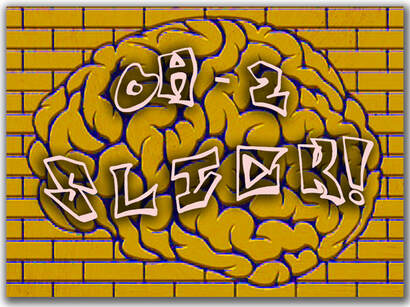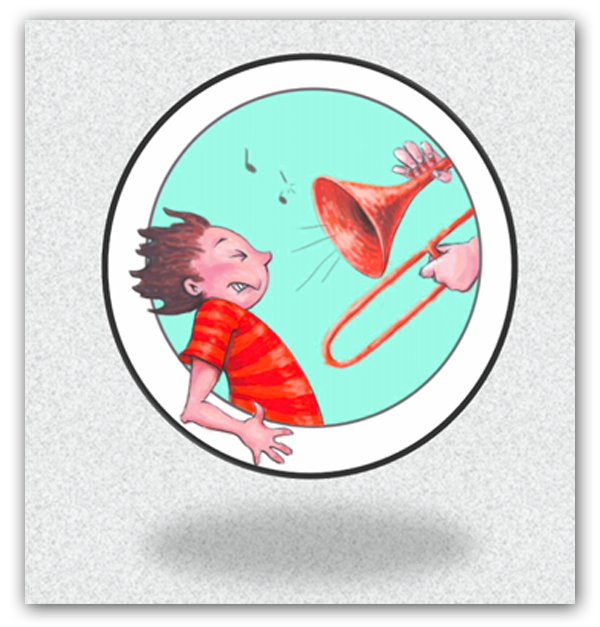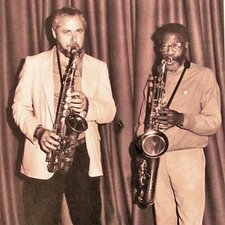More Fun & Brain Games with the 026 Trichord!

Much of the material covered here is derived from concepts which I first encountered several years ago in “Twelve-Tone Improvisation: A Method for Using Tone Rows in Jazz” (Advance Music) by saxophonist John O'Gallagher, as well as from guitarist Bruce Arnold (Muse-Eek.com), who has been performing, composing and teaching these concepts for a long time, and who recently turned me on to the joys of the 026 trichord and has helped me make sense of it all.
One source of those “026 joys” is the presence of a tritone (aka: augmented 4th, diminished 5th, #4, b5). Whether in the trichord's 2+4 (C-D-F#) or 4+2 (C-E-F#) formation, the tritone is always there – meaning there's a dominant function lurking - as in traditional harmony - with the urge to resolve somehow.
 RSS Feed
RSS Feed








